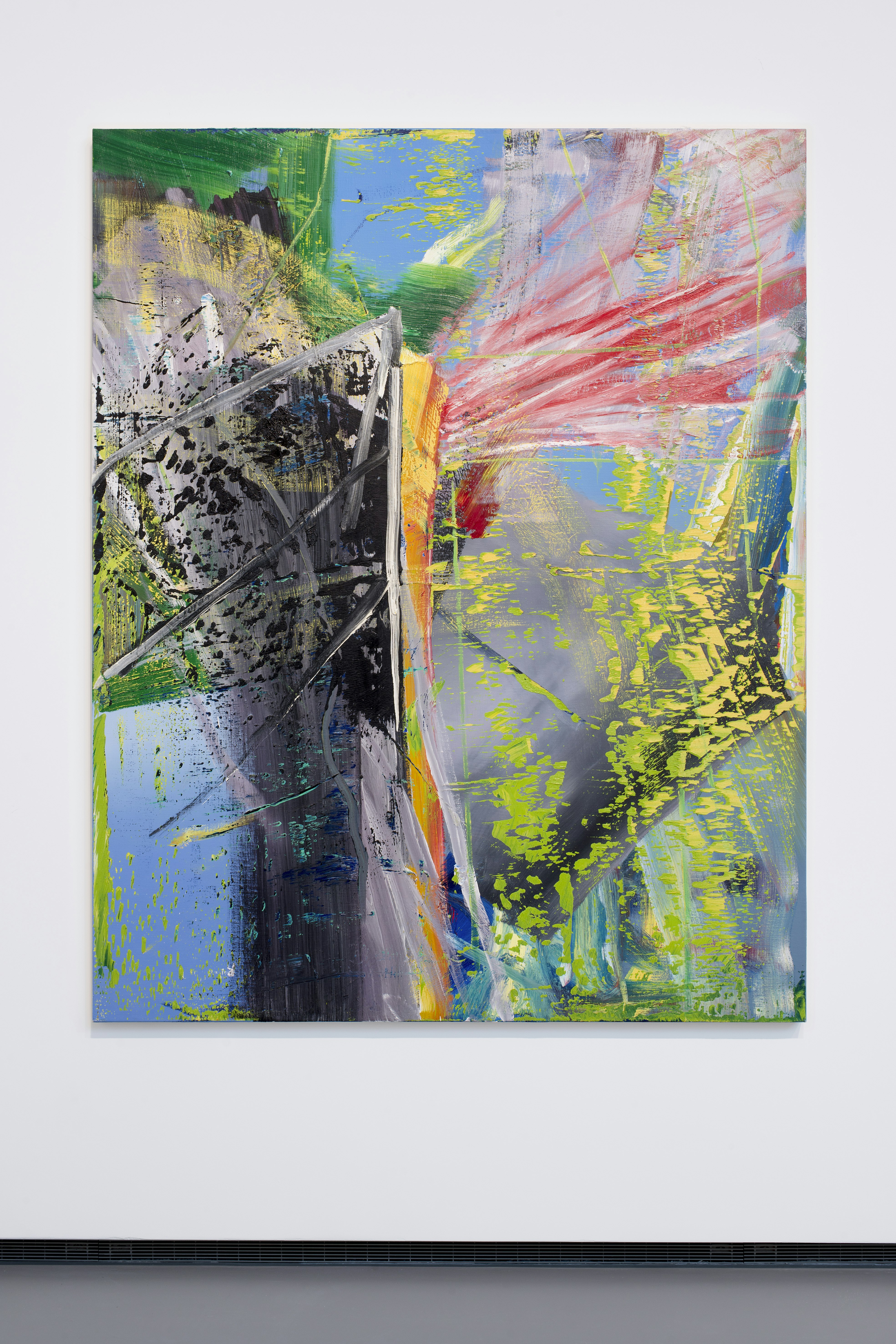Gerhard Richter
Initially working in the academic tradition taught at Dresden Art Academy (in East Germany at that time), Gerhard Richter took up photography in the early 1960s, continuing on from the "capitalist realism" of his early works, reflecting upon painting and the purpose of art.
Marked by the experience of the war years, he found in this medium a critical distance from which to approach subjects in which politics and history are closely linked to the personal realm. Throughout his career, Richter has reproduced magazine and newspaper photographs as well as his own photographs of friends and family. At the same time he has developed a form of abstraction using coloured lines, gestural abstraction and monochrome. In this way, Richter revisits – not without an ironic distance – the history of painting, romantic and sublime themes, and geometric and lyrical abstraction. More than a parallelism, this coexistence between figuration and abstraction is like a mise en abyme, echoing the material depth of the “scratched” surface and of photographic elements perceived through other layers, or the mental depth in form of certain titles that refer to atmospheres, natural elements or people’s names. Rather than being reductive and conceptual, this lifetime’s research is radical in the way it hesitates between erasing and revealing.




























